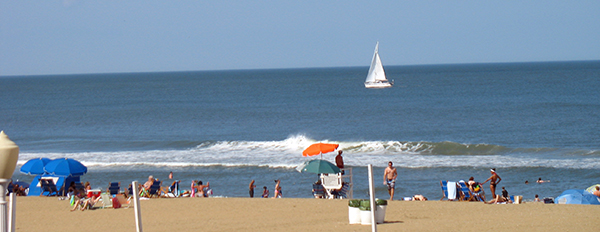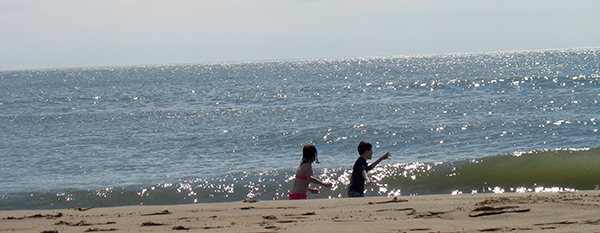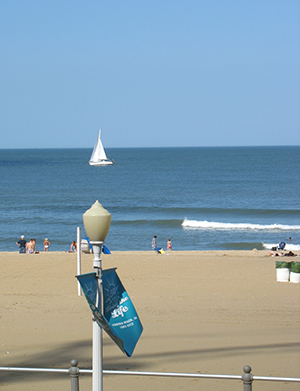Vitamin D has been in the news a fair bit lately. It’s an essential nutrient that keeps our bones strong and our immune systems functioning well. And – apparently – most modern people don’t get enough of it.

I’d read that it’s very difficult to get enough vitamin D from sunlight. Since I’ve had a melanoma (the most dangerous kind of skin cancer), I don’t dare even try to get my vitamin D from the sun. But I was curious about the claims that it is possible. And about the claims that it is not possible.
So I went hunting online to see what I could find.
First off: how much vitamin D does an adult need?
The standard these days is quoted as 5,000 IUs a day, although I also found a mention that it may not be enough. Different people at different ages metabolize D with varying efficiency. The experts seem in agreement that the only way to know for sure that you’re getting enough D is be tested for your blood levels. One study that tested D supplements found that 8,000 IU was needed to produce the correct D blood levels.
But let’s say the commonly cited 5,000 IUs is enough. How long would I need to soak up rays?

The angle of the sun in the sky is critical to determining the answer. Human skin makes vitamin D when exposed to UVB radiation. When the sun is below 50 degrees in the sky, all of the UVB rays are filtered out by earth’s atmosphere. There are many locations where there are no UVB rays to be had for some portion of the year. Mine is one of them.
I live at latitude 38°2′ and the first day of the year when the sun reaches 50 degrees is March 15. Between 1:10 pm and 1:40 pm on March 15, UVB rays reach my patch of the planet.
The last day of the year when this happens is September 27, between 1:00 pm and 1:10 pm. Only 10 minutes!
From September 28 through March 14, there are no UVB rays and thus no vitamin D to be garnered in the garden at Casa Ney-Grimm.
How did I find out this sun angle information? The United States Naval Observatory makes a sun calculator page available at http://aa.usno.navy.mil/data/docs/AltAz.php. If you live in the US, you can just type in your city and state and the date to get the sun angles for your spot on earth. If you live elsewhere, you’ll need to know your latitude and longitude. A simple online search should produce them.
The next step in calculating my vitamin D production would ordinarily be a visit to the page created by the Norwegian Institute for Air Research. Every expert I could find referenced this page as difficult-to-use, but accurate. But I could not get the page to load. Maybe, with summer right around the corner in the northern hemisphere, too many people like me are checking their vitamin D production. 😀
(Maybe you will have more luck than I did in getting the page to load. Here is the URL: http://nadir.nilu.no/~olaeng/fastrt/VitD-ez_quartMED.html.)
I was not ready to give up, however.

With yet more searching around, I discovered that there was a consensus that light-skinned individuals (which I am) produce 1,000 IUs after 4 minutes of UVB exposure, while wearing shorts and a t-shirt. So, to get my 5,000 daily IUs I would need 20 minutes in the sun, at a time when UVB rays were getting through the atmosphere. If I needed 8,000 IUs, then I would need 32 minutes in the sun at the right time.
I suspect this general consensus probably refers to vitamin D production when the angle of the sun is at its steepest, well over 50 degrees. Which means that the spring months and fall months, when the sun barely reaches the minimum angle, would produce considerably less than 1,000 IUs in 4 minutes. But I won’t be able to check this until I can get that Norwegian page to load for me.
There are two problems, then, with getting vitamin D from sunlight.
One: In my locality, there are no UVB rays for nearly 6 months of the year.
Two: Light-skinned individuals will start to burn after 16 minutes in the sun. If I wear sunscreen, then it will block the UVB rays, and my skin won’t make any vitamin D. If I don’t wear sunscreen, then I must get out of the sun after 16 minutes, which limits my vitamin D to 4,000 IUs.
I could strip down to a swimsuit. According to the Vitamin D Wiki, wearing shorts and a t-shirt yields 32% of the skin exposed, while a one-piece swimsuit yields 73% of the skin exposed. Doing the math, in a one-piece swimsuit, I’d make 2,281 IUs in 4 minutes. Thus, 9 minutes would get me 5,000 units. And 14 minutes would get me 8,000 IUs. Possible, in the summer.
 Of course, due to my melanoma history, I would be unwise to spend 9 – 14 minutes in the noonday sun every day. And even if I were to pursue that course, I still couldn’t get my vitamin D from sunlight from September through mid-March.
Of course, due to my melanoma history, I would be unwise to spend 9 – 14 minutes in the noonday sun every day. And even if I were to pursue that course, I still couldn’t get my vitamin D from sunlight from September through mid-March.
I think I must conclude that it is, indeed, not possible to get enough vitamin D from the sun. Fortunately, there is another way. But that’s another blog post. Yes, I will write it. But no promises as to when. Tally the Betrayals, my work in progress, continues to call. 😀

I’m probably not getting enough, either, even taking 2000IU of D3 in little capsules.
I look forward to your post.
The post will come, but I’ll have to review my information first. I learned about it for my own benefit several years ago, and many of the details have slipped from my mind since.
Great article girl! Very important stuff. Check out the DMinder app…i have it on my phone and it’s priceless…does all your calculations for you.
Oooh! Thanks for the tip. DMinder app… gotta check it out. 😀